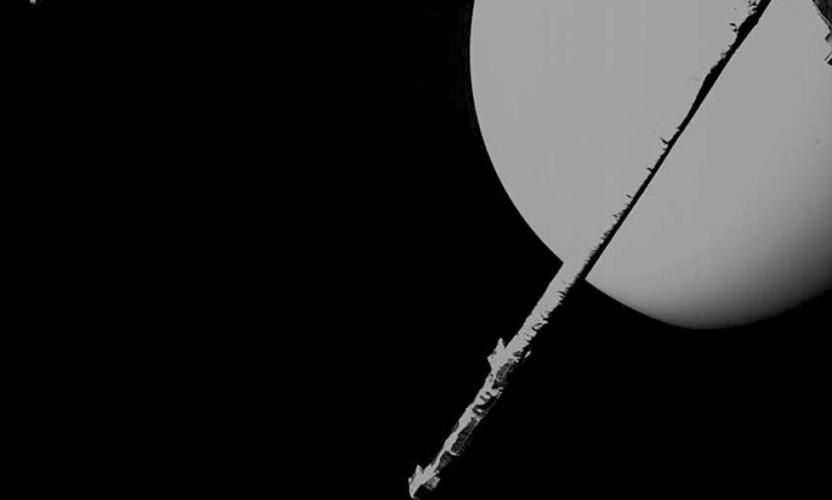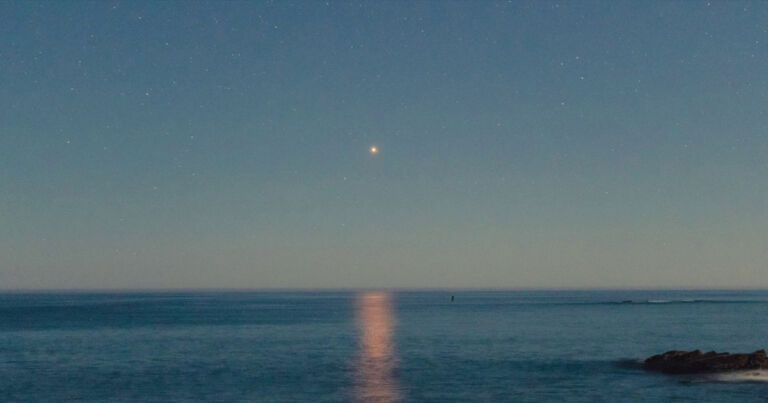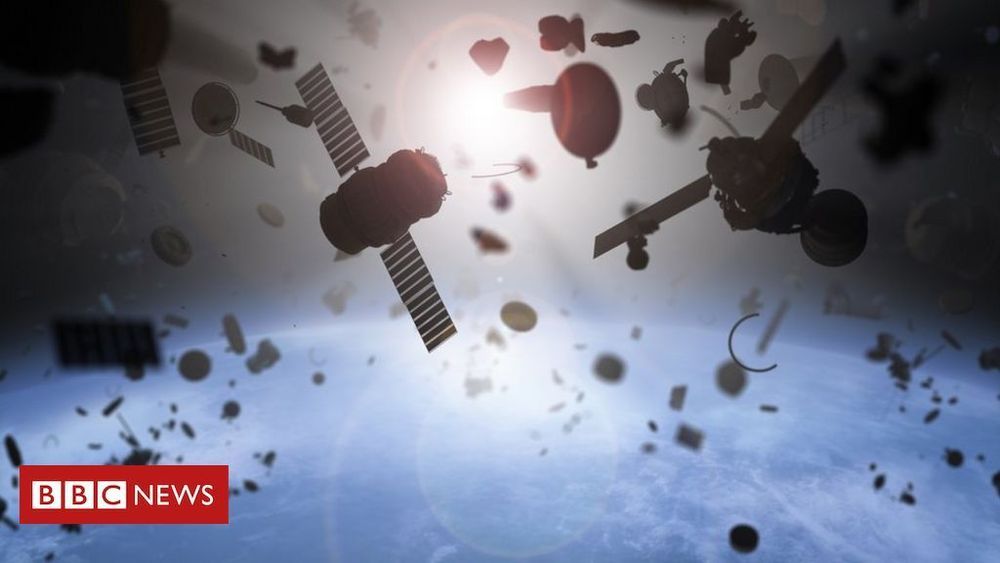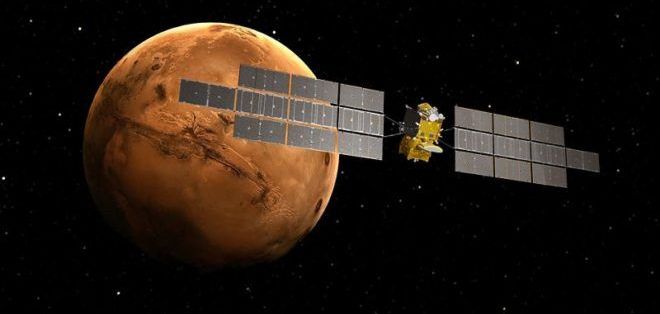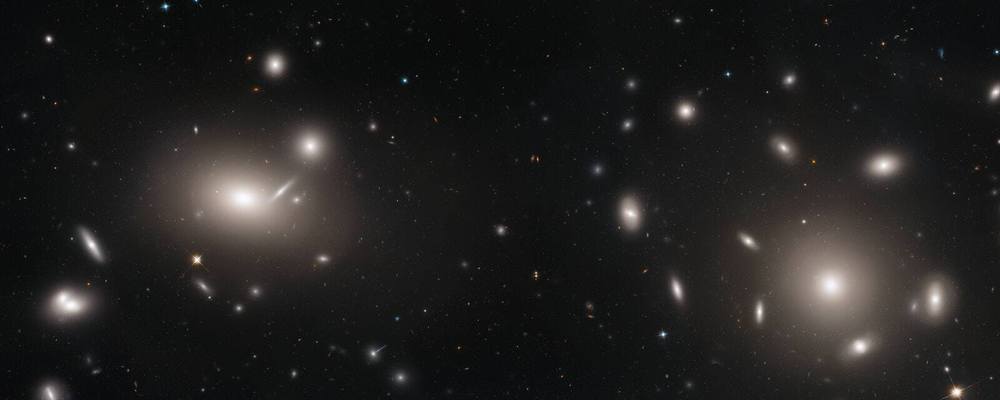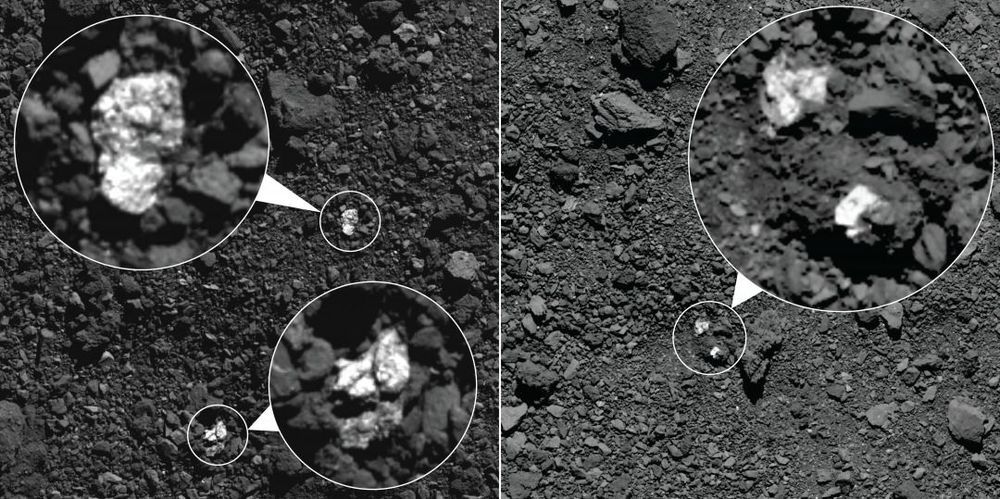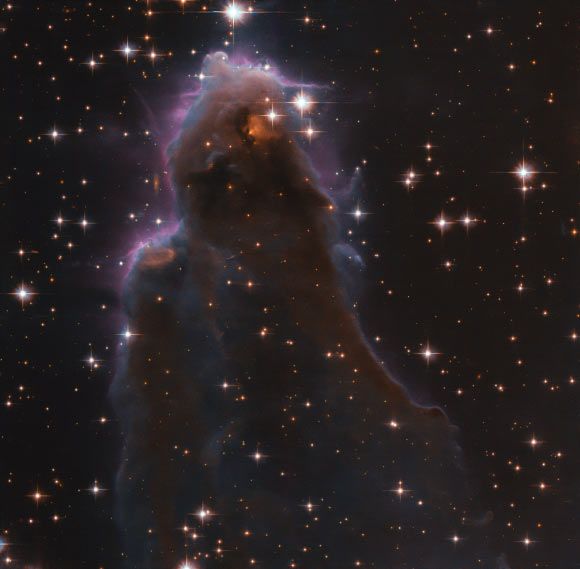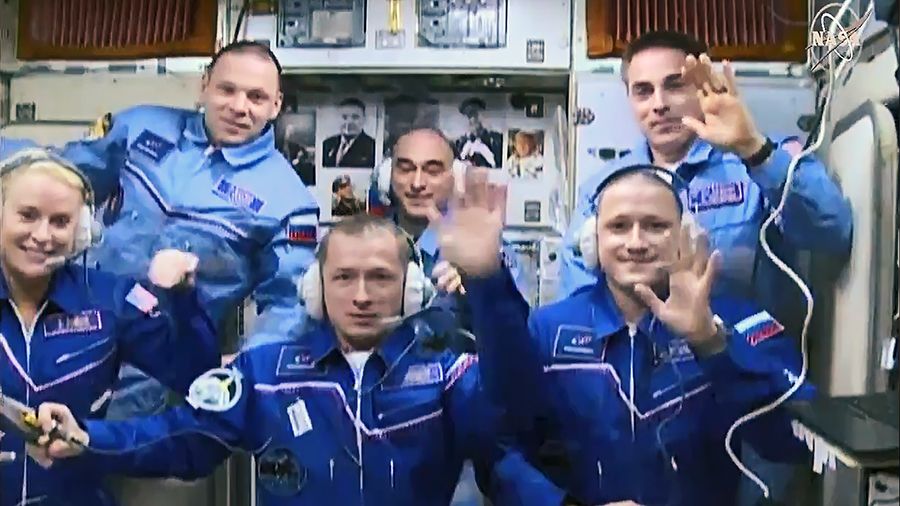The comparison of distant atomic clocks is foundational to international timekeeping, global positioning and tests of fundamental physics. Optica l-fibre links allow the most precise optical clocks to be compared, without degradation, over intracontinental distances up to thousands of kilometres, but intercontinental comparisons remain limited by the performance of satellite transfer techniques. Here we show that very long baseline interferometry (VLBI), although originally developed for radio astronomy and geodesy, can overcome this limit and compare remote clocks through the observation of extragalactic radio sources. We developed dedicated transportable VLBI stations that use broadband detection and demonstrate the comparison of two optical clocks located in Italy and Japan separated by 9,000 km. This system demonstrates performance beyond satellite techniques and can pave the way for future long-term stable international clock comparisons.

